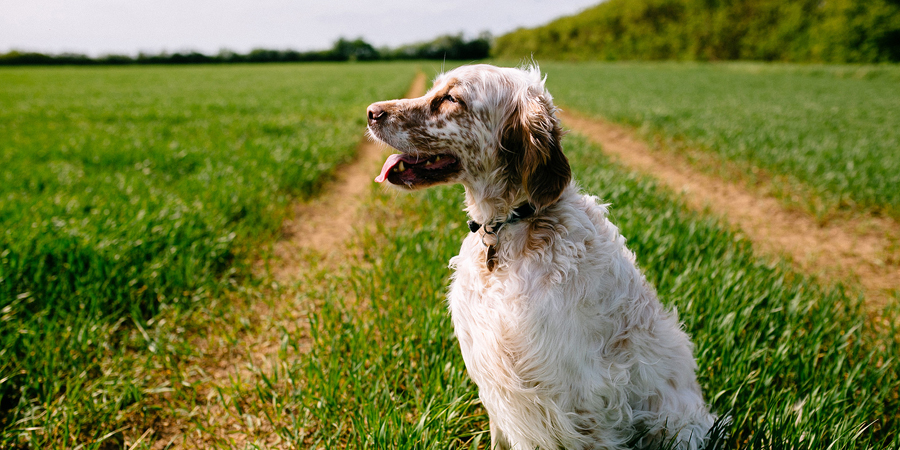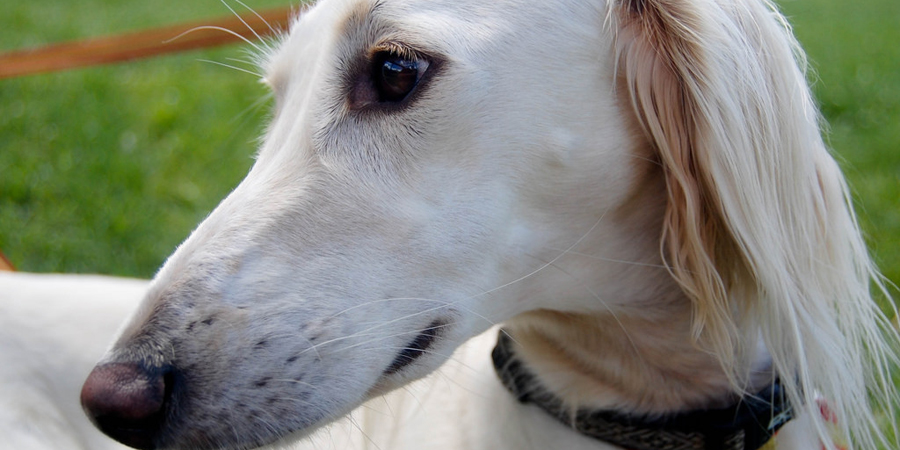

If there is one location that we are certain most dogs will enjoy it is the beach, which is fortunately only a mile from the coastal Broads village of Horsey. If you come when the seals aren’t breeding (they breed in the winter time and caution is needed around breeding females and their young) then you can let your dog off the lead to delight in wild beach-ey abandon. There are rock pools to be paddled in and seaweed to be fetched, so the long sprawling sandy beaches of Horsey are bound to be a hit with the both of you. Once you’ve indulged all you can, why not chill out at the dog friendly pub, The Nelson Head? Once you’re finished there, mosey over to the 1912 five storey windpump, around which are multiple broadside walks. There, you can enjoy the iconic reed and waterway views and even grab a cup of tea at the refreshment hut at Horsey Staithe, (or a bowl of water) whatever’s more your thing!

Bungay is a delightful market town with Bigod Castle and All Saints Church at Earsham to visit. It’s also a town with an eerie canine past, as it is home to the infamous tale of Black Shuck, the devil dog! If you ever feel your dog isn’t as well behaved as he could be, this one is fabled to have attacked the entire congregation and choir of St Mary’s Church! St Mary’s is a historic church dating back to 1160, with a fascinating past of reformation and civil war. So why not check it out with your whiskery plus one?

A walk along Ludham Marshes is a beautiful riverside meander, on the one side you have the flowing river complete with water voles, grebes and kingfishers and on the other side you have a sprawling carpet of flat farmland –ideal for spotting hares and barn owls. Close by are the historical ruins of St Benet’s Abbey, a monastery with a remaining gatehouse protected and still standing due to its incorporation into a 1700s windmill. It is an unusual site and an interesting read when you study the information boards. The windmill stands beside a large field which is a wildlife hotspot and can be walked around with your dog, (just make sure you have your lead at the ready in case of livestock). Here there is further river to watch and it’s the ideal spot to hear a cuckoo in the spring.

Come to Caister to soak up the history of their ancient Roman Fort. These partial remains of a Roman Saxon Shore fort including wall and ditch sections and building foundations, can all be taken advantage of with the companionship of your hound. And since you’re in the area you must pay a visit to Caister-on-Sea where the two of you can make for the waves on one of those long sandy beaches that characterise the Great Yarmouth shoreline. For well-behaved mutts, travel just eight miles from Caister to the Caldecott Redwings Horse Sanctuary which you can enjoy with your pooch on the lead, and make a few equine friends with your canine.

The Broads National Park is the paw-fect location for dog walkers offering these days out and many more besides. With dog friendly pubs, winding river ways and footpaths galore it’s time to take the lead in the Broads National Park.
Always remember:
Make sure your pets enjoy their adventures by looking after them on or near the water. Dogs are just as susceptible to cold water and other hazards as people. If you plan to take dogs boating you can buy life jackets for them from boating suppliers, and some hire boatyards provide or rent life jackets for customers’ pets. Dogs are allowed on footpaths, bridleways and byways (public rights of way) under effective control, but many nature reserves don’t allow dogs. Also be aware that routes called permissive paths may not allow dogs. However, restrictions on dogs shouldn’t unreasonably restrict access for assistance dog users. The access rights that normally apply to open country and registered common land (known as open access land) require dogs to be kept on a short lead between 1 March and 31 July, to help protect ground nesting birds, and all year round near farm animals.
Contact the local authority or the Kennel Club if you have a problem – 01296 318540.
Please:
- clear up after dogs
- check access for dogs with places you plan to visit
- respect restrictions on dogs
- keep dogs close by, under effective control and in sight
- keep dogs on leads if you can’t rely on their obedience
- don’t let dogs wander near people, wildlife or livestock, or disturb them
- let go of dogs and their leads if you or they are bothered by livestock – and don’t try to rescue them
- never enter the water to rescue a pet – you are putting your own life at risk